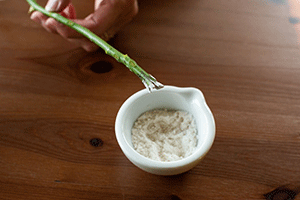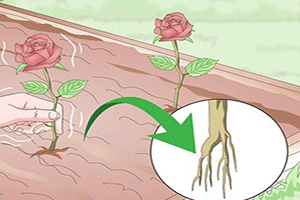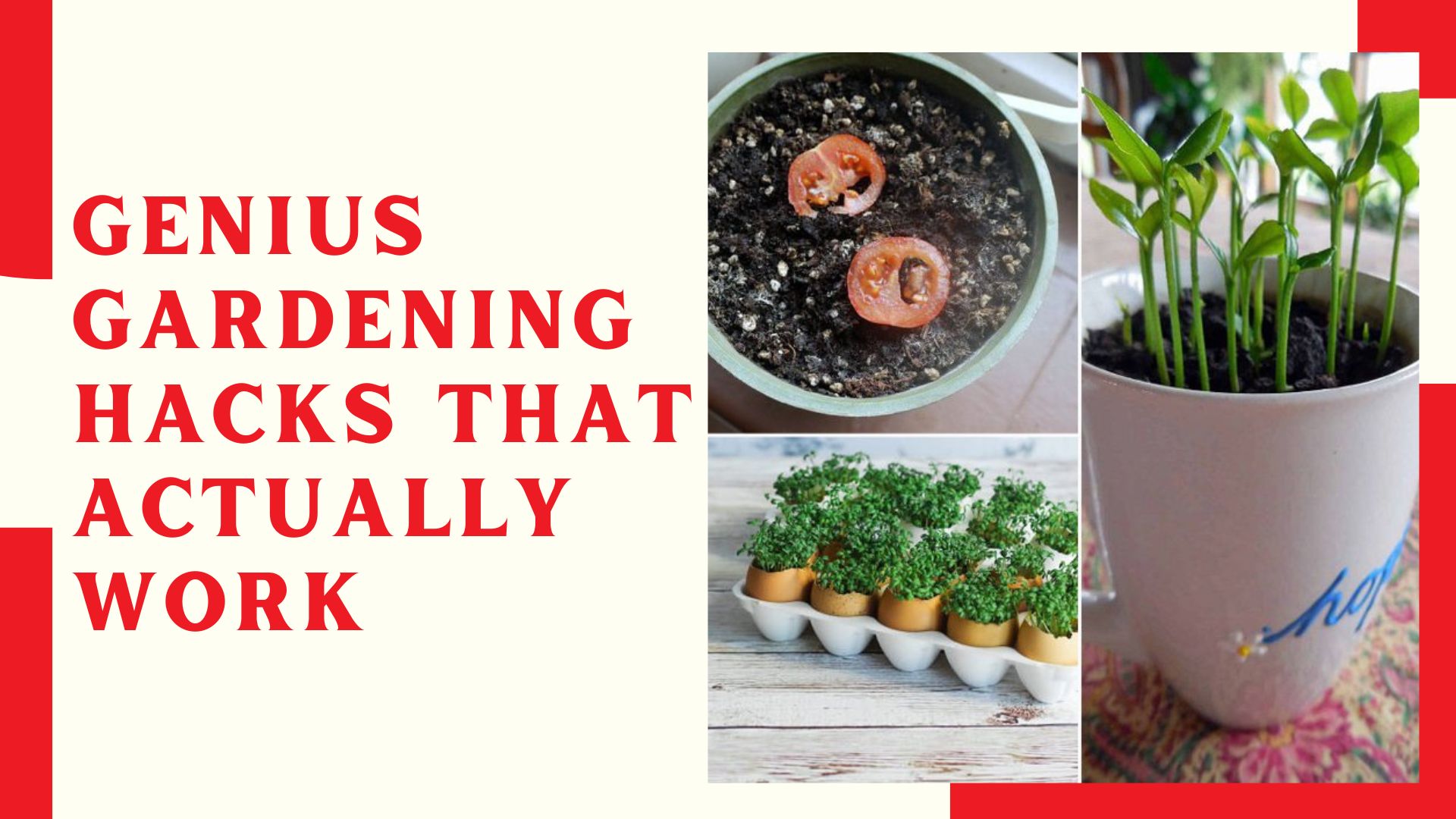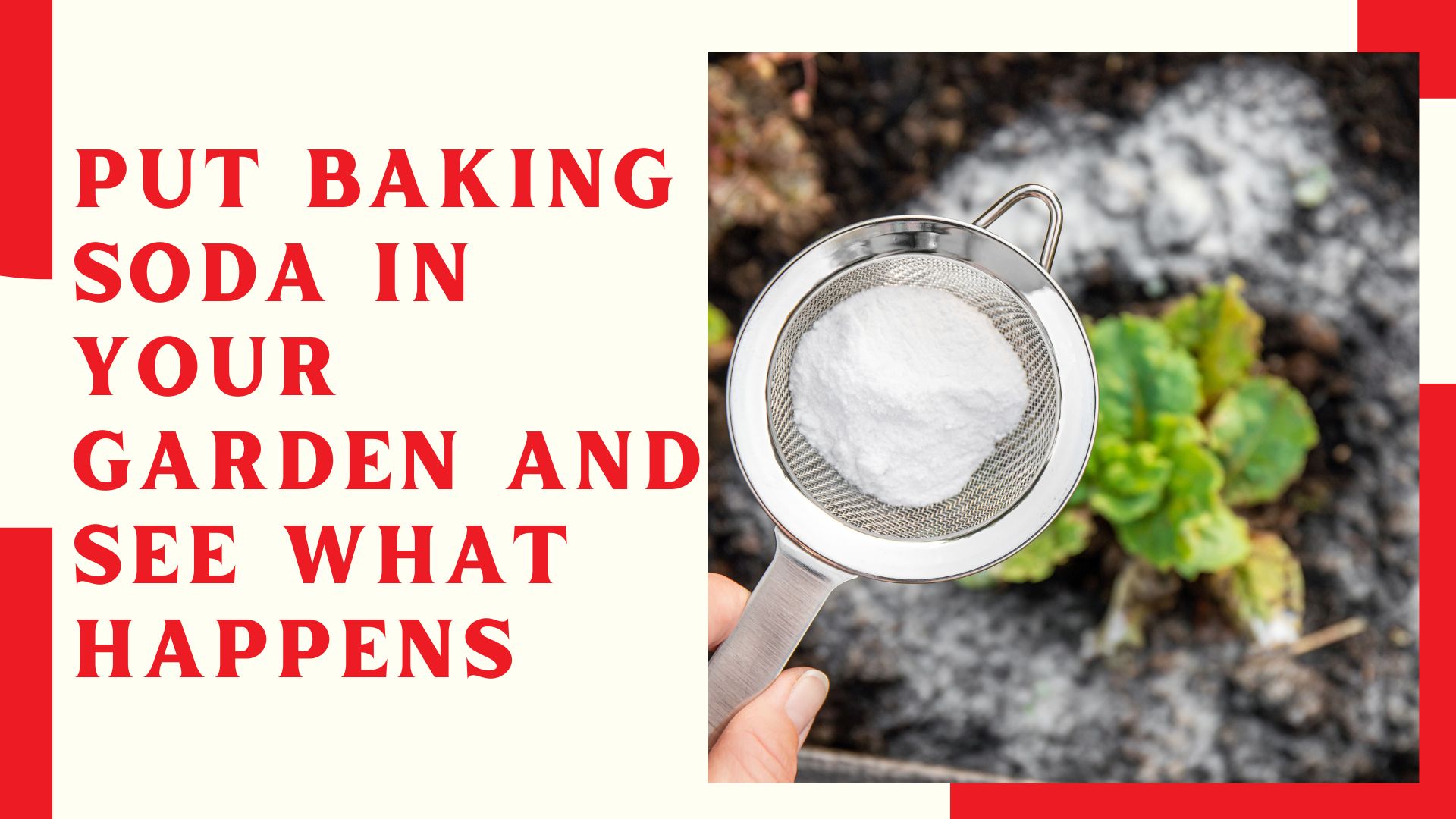Growing roses from cuttings is a rewarding and cost-effective way to propagate your favorite rose varieties. This method allows you to create new rose plants that are genetically identical to the parent plant. Here's a step-by-step guide to help you successfully grow rose plants from cuttings:
Choose the Right Time
The best time to take rose cuttings is during late spring or early summer when the plant is actively growing. Softwood cuttings, which are taken from new growth, have the highest success rate. These cuttings should be slightly flexible but not too soft.
Select Healthy Cuttings
Choose a healthy, disease-free rose bush with strong, vigorous growth. Look for stems that are about the thickness of a pencil and have at least three to four sets of leaves. Avoid using stems with flowers or buds, as they will divert energy from root development.
Prepare the Cutting
Using a sharp, sterilized pair of pruning shears or a knife, cut a 6-8 inch section of the stem just below a leaf node. Remove all but the top two sets of leaves. If the leaves are large, you can cut them in half to reduce moisture loss. Removing any flowers or buds is essential to encourage the cutting to focus on root growth.

Apply Rooting Hormone
To increase the chances of successful rooting, dip the cut end of the stem into a rooting hormone powder or gel. This hormone stimulates root development and helps prevent fungal infections. Tap off any excess hormone before planting.
Prepare the Planting Medium
Choose a well-draining potting mix or create your own by mixing equal parts perlite and peat moss. This mixture provides the right balance of moisture retention and aeration. Fill a small pot or container with the prepared medium, leaving enough space to insert the cutting.
Plant the Cutting
Make a small hole in the planting medium with a pencil or your finger and gently insert the cutting about 2 inches deep. Firmly press the soil around the cutting to remove any air pockets. Water the cutting thoroughly to settle the soil.
Create a Humid Environment
Rose cuttings need a humid environment to prevent drying out while they develop roots. You can create a mini greenhouse by covering the pot with a clear plastic bag or a plastic bottle with the bottom cut off. Make sure the plastic does not touch the leaves to avoid fungal issues.
Provide Proper Care
Place the potted cutting in a warm, bright location with indirect sunlight. Avoid direct sunlight, as it can cause the cutting to overheat and dry out. Keep the soil consistently moist but not waterlogged. Mist the cutting regularly to maintain high humidity.
Monitor Root Development
Roots should begin to develop within 4-8 weeks. To check for root growth, gently tug on the cutting. If you feel resistance, roots are forming. Once the cutting has established roots, you can gradually acclimate it to outdoor conditions by exposing it to increasing amounts of sunlight.

Transplanting
After the cutting has developed a strong root system, it's time to transplant it to a larger pot or directly into the garden. Choose a sunny spot with well-draining soil. Dig a hole large enough to accommodate the root ball and gently plant the new rose, making sure the graft union is above the soil level. Water thoroughly after planting.
Ongoing Care
Continue to care for your new rose plant by providing regular water, especially during dry periods. Apply a balanced fertilizer to promote healthy growth. Mulching around the base of the plant helps retain moisture and suppress weeds. Prune the plant as needed to shape it and remove any dead or diseased wood.
Conclusion
Growing roses from cuttings requires patience and attention to detail, but the reward of a beautiful, blooming rose bush is well worth the effort. With these steps, you can successfully propagate and enjoy your favorite rose varieties for years to come.



